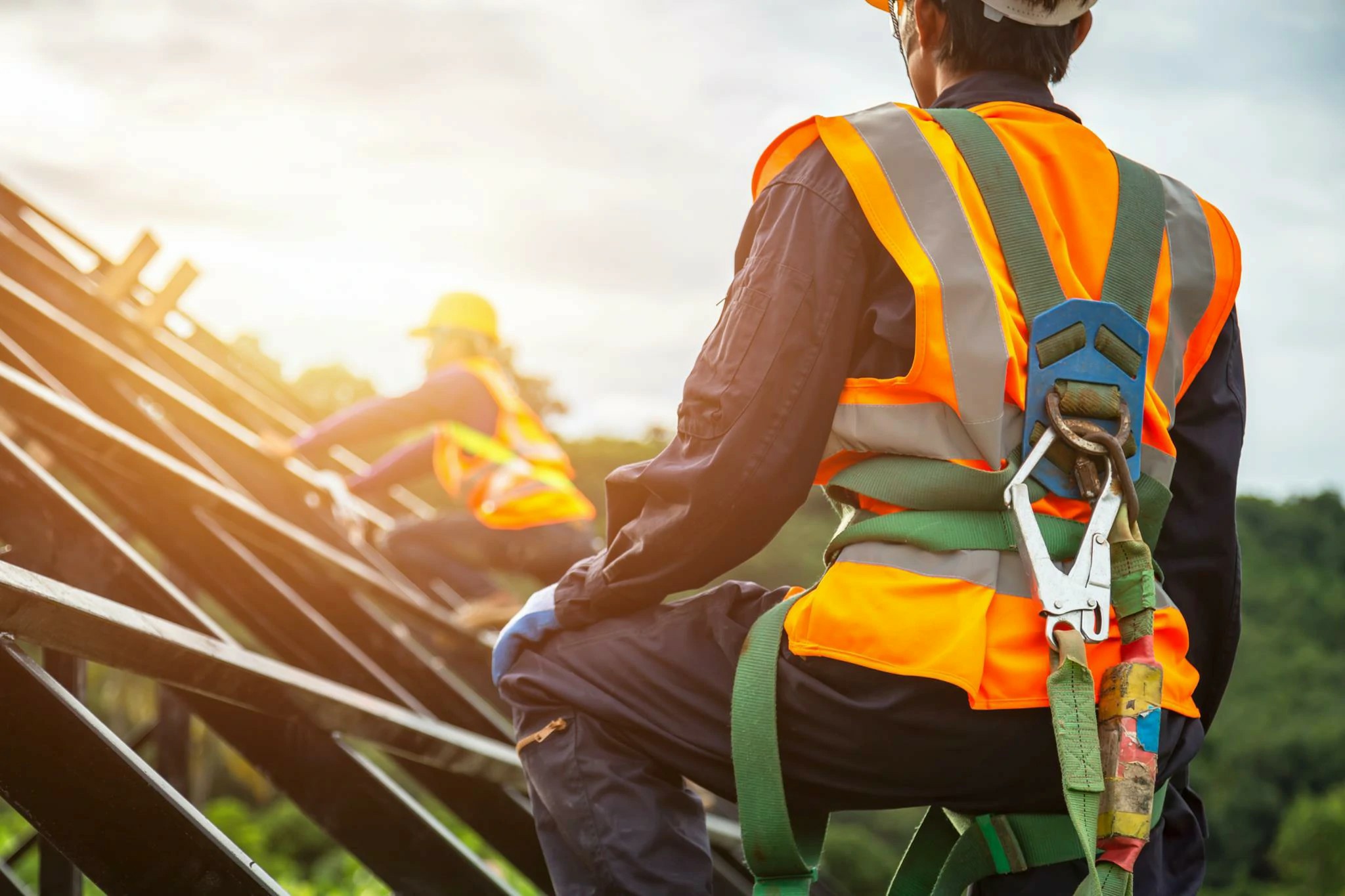


 349,500 Offered Certificates
349,500 Offered Certificates
 24/7 Online Training
24/7 Online Training
 Money Back Guarantee
Money Back Guarantee
 Fully Accredited Courses
Fully Accredited Courses

Created at: 22-02-2025 17:55
In workplaces where employees may need to work at heights, compliance with safety regulations is crucial. An effective safety strategy not only protects workers but also safeguards businesses from potential legal issues. This blog post will guide you through a comprehensive checklist to ensure compliance before allowing employees to perform tasks at elevated positions.
Working at heights presents significant risks. Falls from heights can lead to serious injuries or fatalities, making it essential for employers to implement robust safety measures. Compliance with safety regulations minimizes risks and fosters a culture of safety, ultimately enhancing employee productivity and morale.
Follow this checklist to ensure your business adheres to all safety requirements before permitting employees to work at heights:
To maintain a compliant and safe work environment, consider these best practices:
By following this compliance checklist, businesses can foster a safer workplace for employees working at heights. Implementing these measures not only protects your workers but also maintains your organization's credibility and reliability.
For further information on certified Working at Heights training, contact us at [email protected]. Let’s ensure a safe working environment together!